
Measuring and Reducing Enteric Methane from Livestock
The Food and Agriculture Organization of the United Nations (FAO) and the Global Research Alliance (GRA) on Agricultural Greenhouse Gases are collaborating on a project, funded by the Climate and Clean Air Coalition (CCAC), that focuses on reducing enteric methane for food security and livelihoods This joint effort is helping different countries improve the quality of their greenhouse gas (GHG) emissions inventories, better define reduction targets in terms of emission intensities, and improve understanding of mitigation measures.
| Figure 1. Map of countries where emission inventory efforts are underway. |
Key Achievements
The project uses the Global Livestock Environmental Assessment Model (GLEAM), a geographic information system modelling framework developed by FAO, to estimate GHG emissions from livestock systems and evaluate the impacts of system-specific farming practices and technologies on productivity and emission levels.
To date, the following activities have been accomplished:
- Provided detailed baseline estimates of GHG emissions from ruminant systems in 13 countries
- Identified and assessed the mitigation potential and cost-effectiveness of country and system-specific farming practices and technologies
- Assisted countries in designing investment projects and catalyzed funding for climate action
- Identified demonstration sites and partners for farm testing
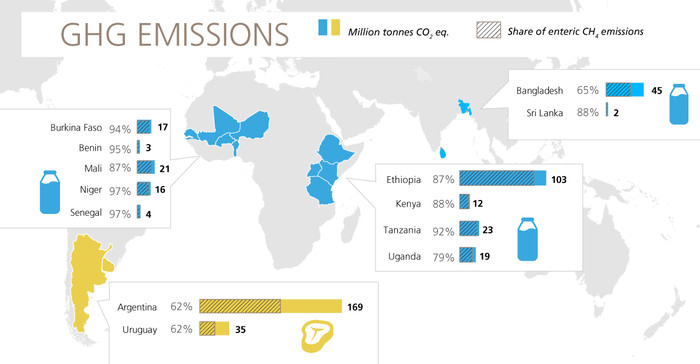 |
| Figure 2. GHG Emissions. |
Learn More About the Partners
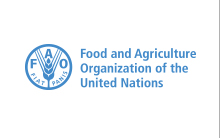
|
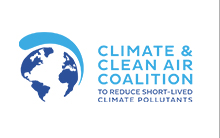
|
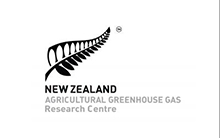
|
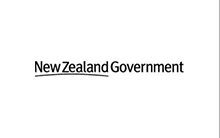
|
